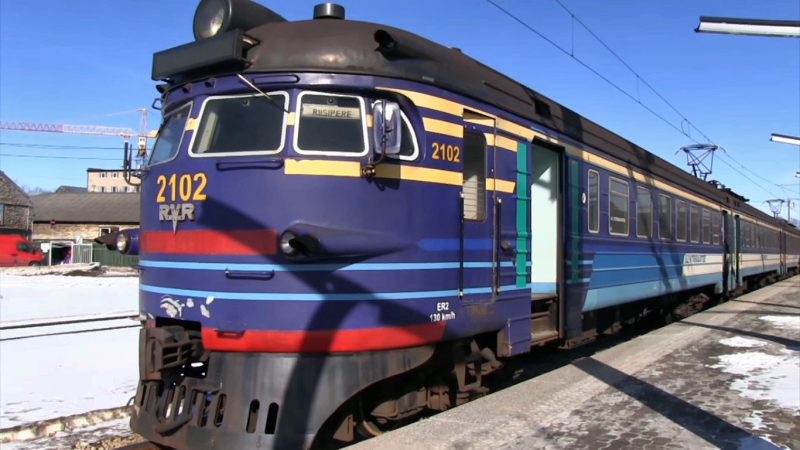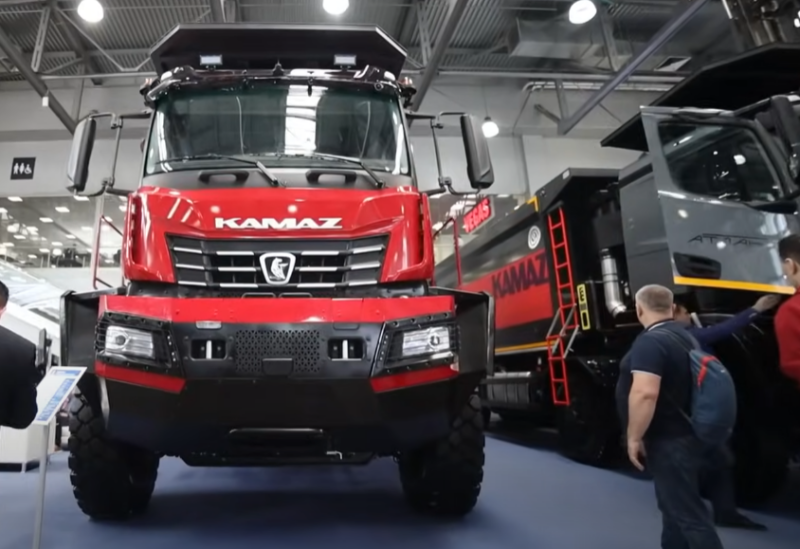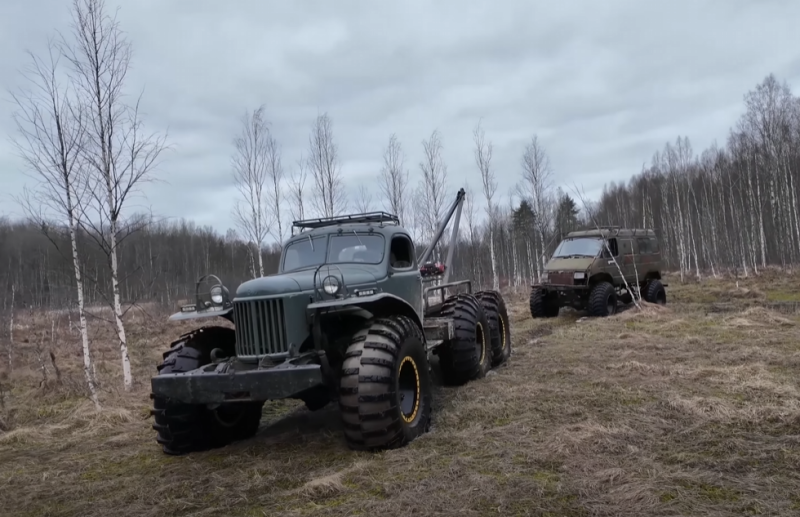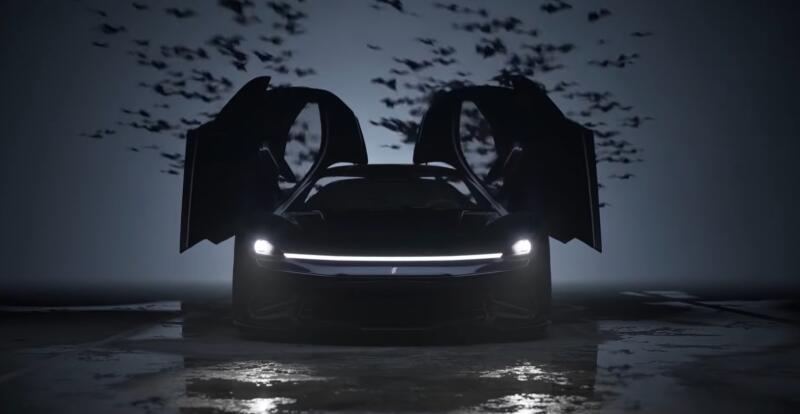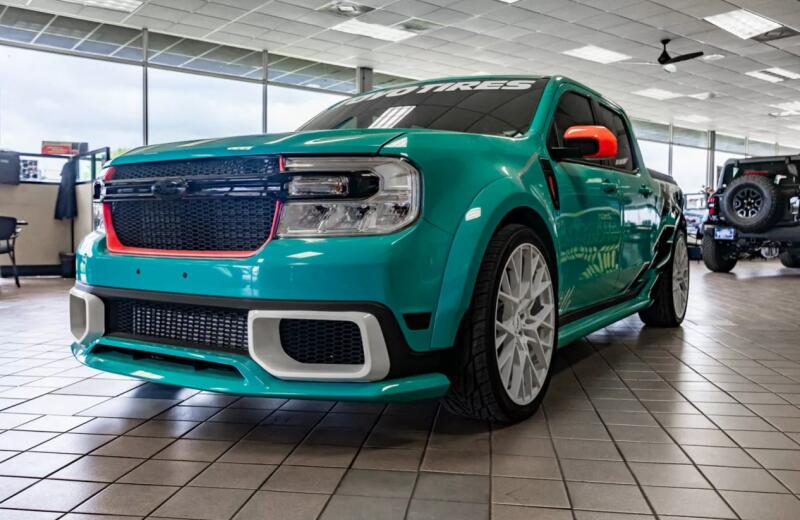But now, from the height of our years, we can think so epically. At the beginning of the 60s there was a clear and pragmatic task. The existing ER1 commuter train received a number of serious criticisms regarding its design and operational characteristics. Therefore, something more advanced was urgently required.
 The last of the old ER2. Photo: youtube.com
The last of the old ER2. Photo: youtube.comThe process took place in conjunction between two Riga enterprises (car-building and electrical machine-building) and the Kalinin (Tver) carriage plant. The subcontractors had a common task: to improve the technical equipment as much as possible and install the most modern electrical equipment. The fact that the release of the fruit of their labors lasted more than two decades and acquired many modifications serves as the best confirmation of the successful implementation of the original plans.
New lineup with the proud abbreviation RVR
Although the subcontractors regularly provided the electrical parts and bogies (at first also the bodies), the main glory went to RVR - the Riga Carriage Works. It was this combination of Latin letters that appeared in the early 60s on the first electric trains of the new series. The curly arrangement of capital letters of the name of the enterprise remained on the front part of the control car and in all subsequent modifications of the train.
1962 was a farewell year for the ER1 design. The updated ER2 already appeared in June. By the end of the year, 48 improved electric trains entered Soviet lines.
In addition to the points already mentioned, engineers also needed to solve the operational issue regarding the boarding and disembarking of passengers on platforms of various types. If with the high ones there was a problem with the distance of the transition, then with the low ones there was a difference in height. A new design was used, which required additional strength for the stages of the modified configuration.
To maintain operational safety, it was necessary to strengthen the side walls and frame ends. The same actions were carried out regarding the frontal part of the head cars and each doorway. In general, the new ER2 electric train received several effective design improvements:
✅ 4 brake cylinders instead of one (for unification with ER9)
✅ alkaline batteries instead of unsafe acid ones
✅ another type of dynamotor coils
Subsequently, many other significant moments were associated with this train, for example, the first checks of the automatic train control system. Improved compressors of the EK-1960V type, which appeared in 7, were also installed here.
 In the driver's cabin ER2. Photo: youtube.com
In the driver's cabin ER2. Photo: youtube.comThe construction of cars and bogies of the electric train was distributed as follows: head (RVZ), trailed and motor (Kalinin Carriage Plant). This order remained in place until 1968. After this, the Kalinin enterprise was left with only the supply of bogies for the above types of cars. All electrical parts were located at the RER plant.
Initially, the new train was designed for operation in areas with high levels of passenger traffic. Therefore, the 10-car version became the basic one, and sometimes the ER2 was also assembled in a configuration of twelve cars. So that each user could design the optimal combination of the amount of passenger space, the company separately produced different types of sections. This led to the fact that the electric train was subsequently used in many different variations in the number of cars:
✅ four
✅ six
✅ eight
✅ ten
✅ twelve
The ER2 control cabin can hardly be called spacious. Nevertheless, it is designed as a workplace for two people: the driver and his assistant. The first was located on her right side, and next to her was a second crew member with an additional control panel.
 There are wooden benches inside the carriage. Photo: youtube.com
There are wooden benches inside the carriage. Photo: youtube.comTo make the body of the electric train, bent profiles were needed, connected by welding. The main part of the electrical equipment is conveniently located in the undercar space. For this purpose, special closed boxes are used. The remaining auxiliary elements are installed in vestibules.
The motor cars of the train each received one pantograph. They were of a pantograph type with carbon or copper inserts. Here are the mass indicators of various types of cars:
✅ head – 40 t
✅ trailed or intermediate – 38,3 t
✅ motor – 54,6 t
Speed indicators of ER2 vary depending on the method of operation and measurements. The maximum speed is 130 km/h. At the same time, on a 5-kilometer stretch the electric train could accelerate to 100 km/h, and on a 2,5-kilometer stretch – only 95 km/h. There is also a 100-meter minimum radius for curves at a speed of 5 km/h. Depending on the category, train cars have a different number of seats:
✅ motor – 110
✅ intermediate or trailed – 108
✅ head – 88
The successful operation of the ER2 over time led to modifications to various parts of its design. The first were some parts with identified weak points. A little later we paid attention to the ease of use. This led to the fact that since 1974 the creators abandoned the anachronistic round-type cabin. It has been replaced by a more ergonomic square design.
The next step was to improve the travel conditions for passengers. As a result, the original wooden benches gave way to semi-upholstered sofas. And the window profiles received lighter structural elements made of aluminum alloy.
 Electric train trolleys ER2. Photo: youtube.com
Electric train trolleys ER2. Photo: youtube.comAt the same time, the technical part was also improved. This list includes updated pantographs and auxiliary machines. The all-supporting steel metal body had a width of 3571 mm. Each carriage is equipped with heating, lighting and ventilation systems inside.
By the mid-60s, the ER2 train could be called the most popular Soviet commuter train. At that time, the model accounted for about 2/5 of the volume of all local transportation. They were used not only in the vast Russian expanses, but also in Ukraine, Latvia and Georgia. There were a total of 2929 two-car electric sections. This is 1,6 times more than ER9, which can be considered the second most popular electric train of the Brezhnev era.
After modernization, production of ER2 continued in 1976-1984. More modern models of electric trains were often sent for operation on the capital and Leningrad lines. This was due, first of all, to the upcoming 80 Olympics, which expected a large influx of foreign guests.
 Electrical switchboard ER2. Photo: youtube.com
Electrical switchboard ER2. Photo: youtube.comThe last Riga electric train departed for Soviet railways in September 1984. But for many decades after that, ER2 was an indispensable element of suburban transport in the already independent republics. In some places they were radically re-equipped, with the installation of a new cabin and modern equipment. Today, this type is already considered a retro option, which is exhibited in a number of railway museums in the post-Soviet space.
